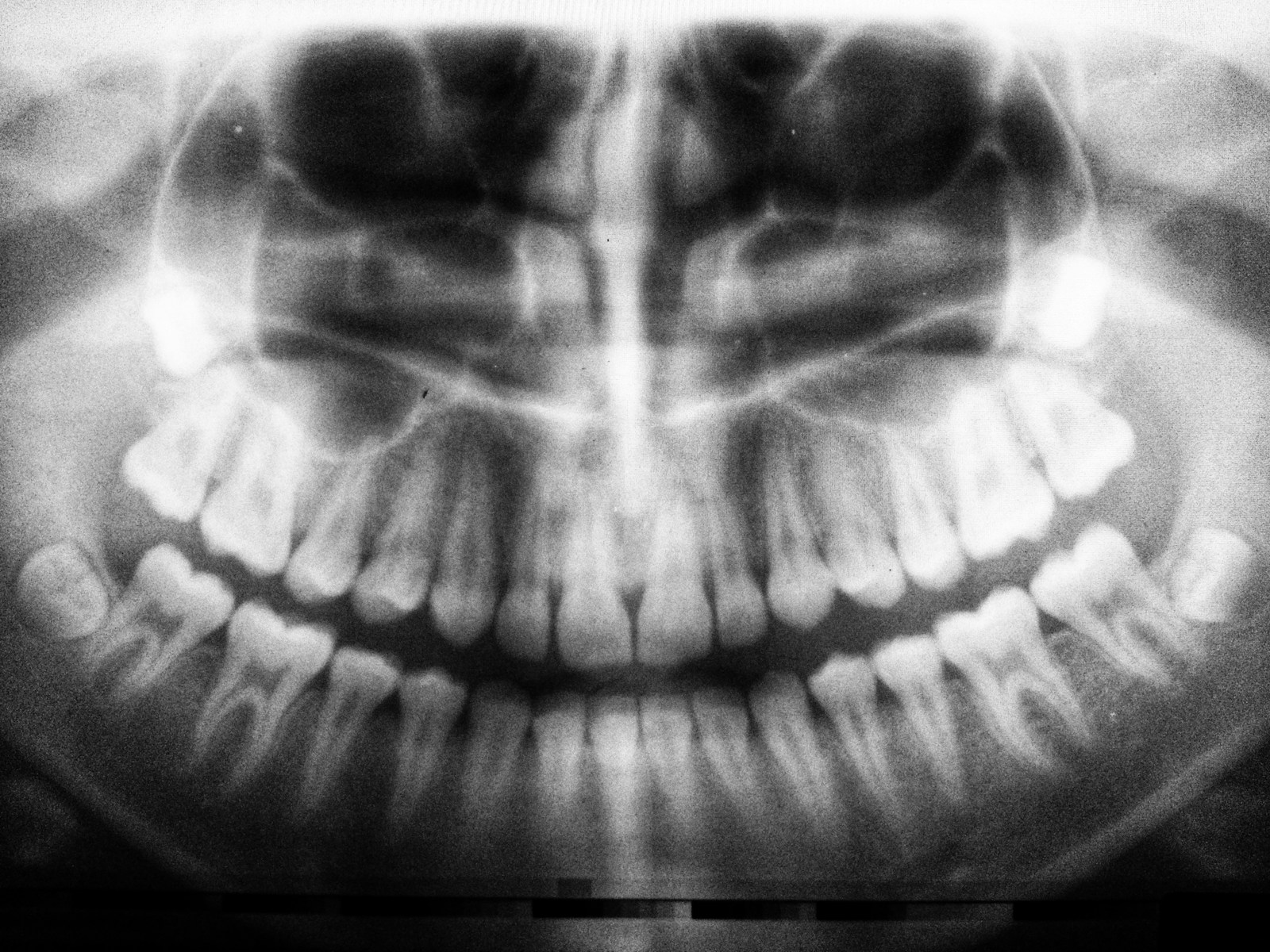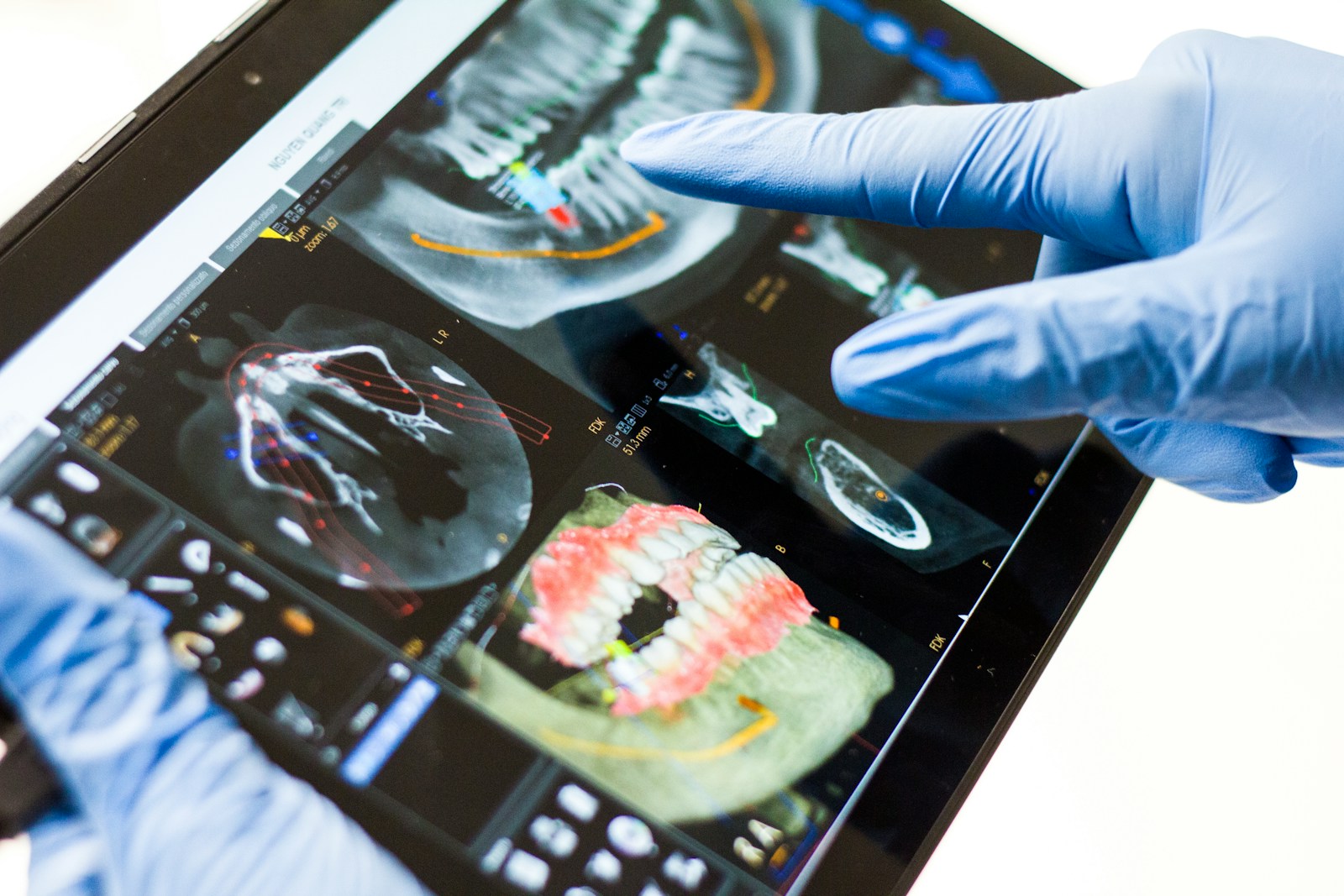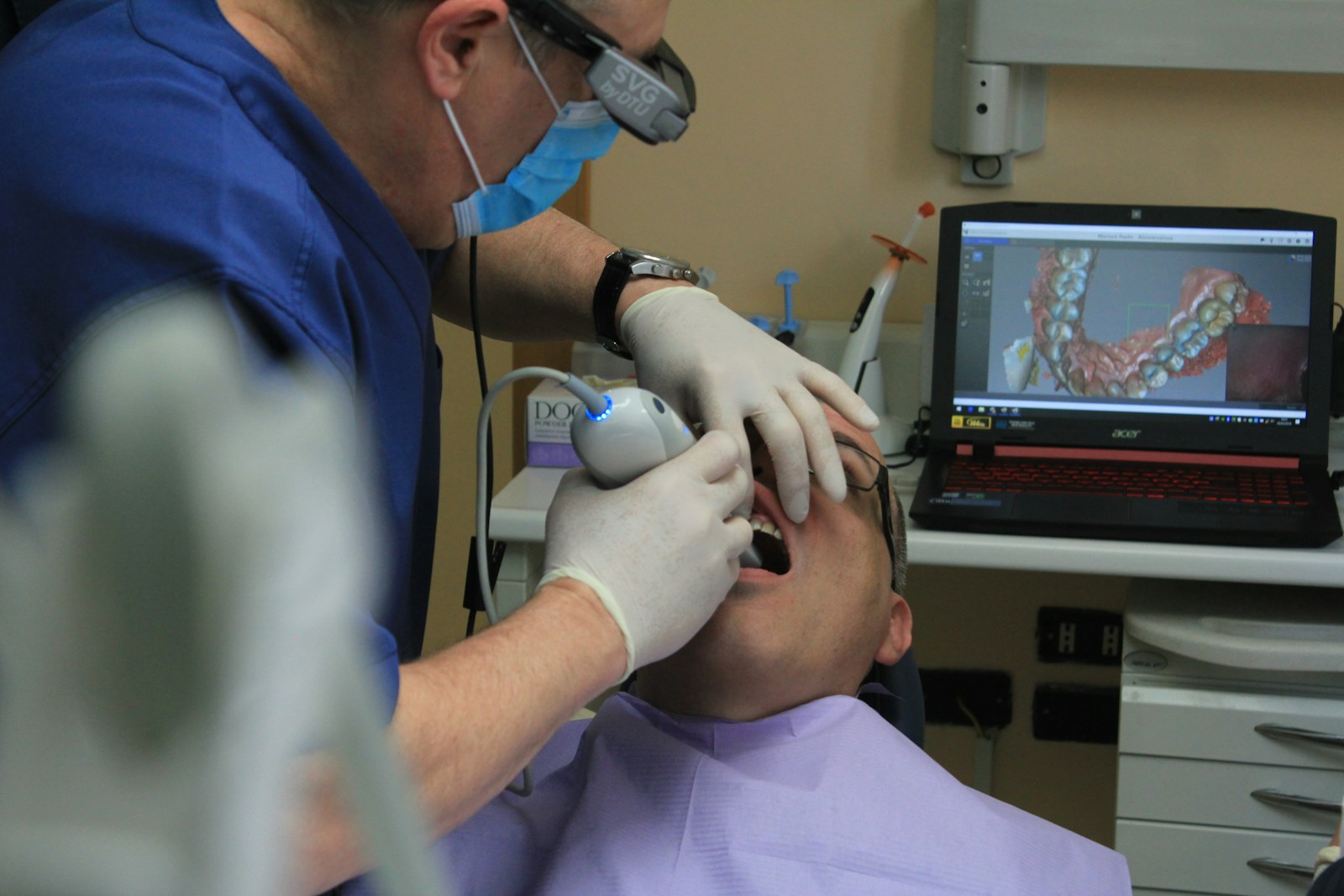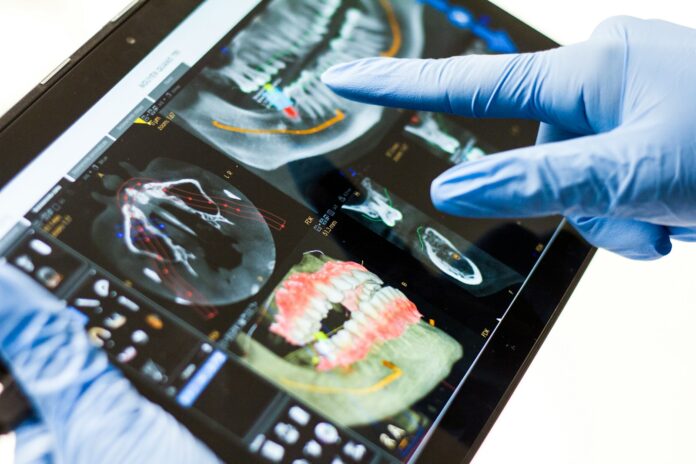Are you curious about the cutting-edge technology revolutionizing dental imaging? Welcome to an insightful exploration of Cone Beam Computed Tomography (CBCT) scans. This breakthrough imaging technology is not just a leap forward in dental diagnostics; it's reshaping how dental professionals approach planning and treatment.
In this article, we'll dive deep into what CBCT scans are used for, unraveling why CBCT is used in modern dentistry and how it's setting new standards in precision and safety. Whether you're simply fascinated by dental technology or keen to understand its applications, you're in the right place. Let's embark on this journey of discovery together and shine a light on the multifaceted roles of CBCT scans in dental imaging.
Understanding CBCT Scans: A Gateway to Advanced Dental Imaging
Cone Beam Computed Tomography (CBCT) scans represent a cutting-edge advancement in the realm of dental imaging. But what is a CBCT scan used for, you might wonder? Primarily, it offers detailed three-dimensional images of the dental structures, nerve paths, bone, and soft tissues in the craniofacial region.

This superior level of detail aids dental professionals in diagnosing, planning, and treating a wide range of conditions with unprecedented precision. Unlike traditional x-rays, CBCT scans provide a more comprehensive view, allowing for better treatment planning and outcome prediction.
Whether it's for implant planning, orthodontic assessments, or complex surgical procedures, CBCT scans have become an indispensable tool in modern dentistry, transforming how professionals visualize and approach dental and maxillofacial issues.
CBCT Used for Precision: How It's Changing the Game in Diagnosis and Treatment
CBCT technology has fundamentally changed the landscape of dental diagnostics and treatment by offering an unprecedented level of precision.
How exactly is CBCT used for enhancing dental care?
Its applications are vast and varied, ranging from the accurate assessment of dental and facial bone structures to the meticulous planning of orthodontic treatments and dental implants. This precision stems from CBCT's ability to provide clear, three-dimensional images, offering a detailed view of the teeth, bones, and even the smallest anatomical structures with minimal distortion.
This clarity empowers dental professionals to detect potential issues early, accurately plan treatments, and execute procedures with a higher success rate. By enabling a more precise diagnosis, CBCT scans reduce the need for invasive exploratory procedures, making dental care more efficient, effective, and, importantly, patient-friendly.
Discovering the Multifaceted Applications of CBCT in Dentistry
Delving into the question, What is CBCT used for? reveals its multifaceted applications that extend beyond mere diagnostics. In the realm of dentistry, CBCT scans play a crucial role in various specialized fields. Endodontics benefits greatly from CBCT's ability to visualize root canals and the surrounding bone structure, enhancing the precision of root canal treatments.

In the field of orthodontics, CBCT scans facilitate the detailed analysis of tooth positions and bone structures, aiding in the creation of more accurate and effective treatment plans. Oral and maxillofacial surgery also relies on CBCT for pre-surgical planning and the assessment of complex cases like impacted teeth, jaw tumors, and facial reconstructions.
Furthermore, periodontics utilizes CBCT technology for assessing bone grafts and detecting periodontal diseases. Through these diverse applications, CBCT scans have become a cornerstone of modern dental practice, ensuring that patients receive the most thorough and personalized care possible.
Why CBCT Is Used: The Top Benefits in Modern Dental Practices
Exploring why CBCT is used unveils its significant advantages over traditional imaging methods. One of the standout benefits of CBCT technology is its ability to produce 3D images, providing a comprehensive view of dental and maxillofacial anatomy. This depth of detail facilitates accurate diagnoses, precise treatment planning, and predictably successful outcomes.
Another key advantage is the reduced radiation exposure compared to conventional CT scans, making it a safer option for patients.
Additionally, its speed and convenience — with scans typically completed in a matter of seconds — enhance patient comfort and streamline clinical workflows. These benefits, combined, have led to the widespread adoption of CBCT scans in dental practices globally, enabling clinicians to offer higher standards of care and patients to experience better health outcomes.
Navigating Through the Technology: The Comprehensive Guide to CBCT Scans
Understanding CBCT technology and its capabilities is essential for both dental professionals and patients. A comprehensive guide to CBCT scans would cover not only the machine's functionality but also best practices for its use.

For clinicians, it's important to know when a CBCT scan is the most appropriate imaging choice, considering factors like the patient's specific condition and the level of detail required for diagnosis and treatment planning.
For patients, being informed about what to expect during a CBCT scan can alleviate concerns — it's a quick, non-invasive procedure that involves standing or sitting still while the machine revolves around the head.
After the scan, sophisticated software constructs the 3D images, which the dentist will discuss with the patient, explaining the findings and any subsequent steps. Knowledge and understanding of CBCT technology empower both dental professionals and patients to make informed decisions regarding dental care and treatment.

